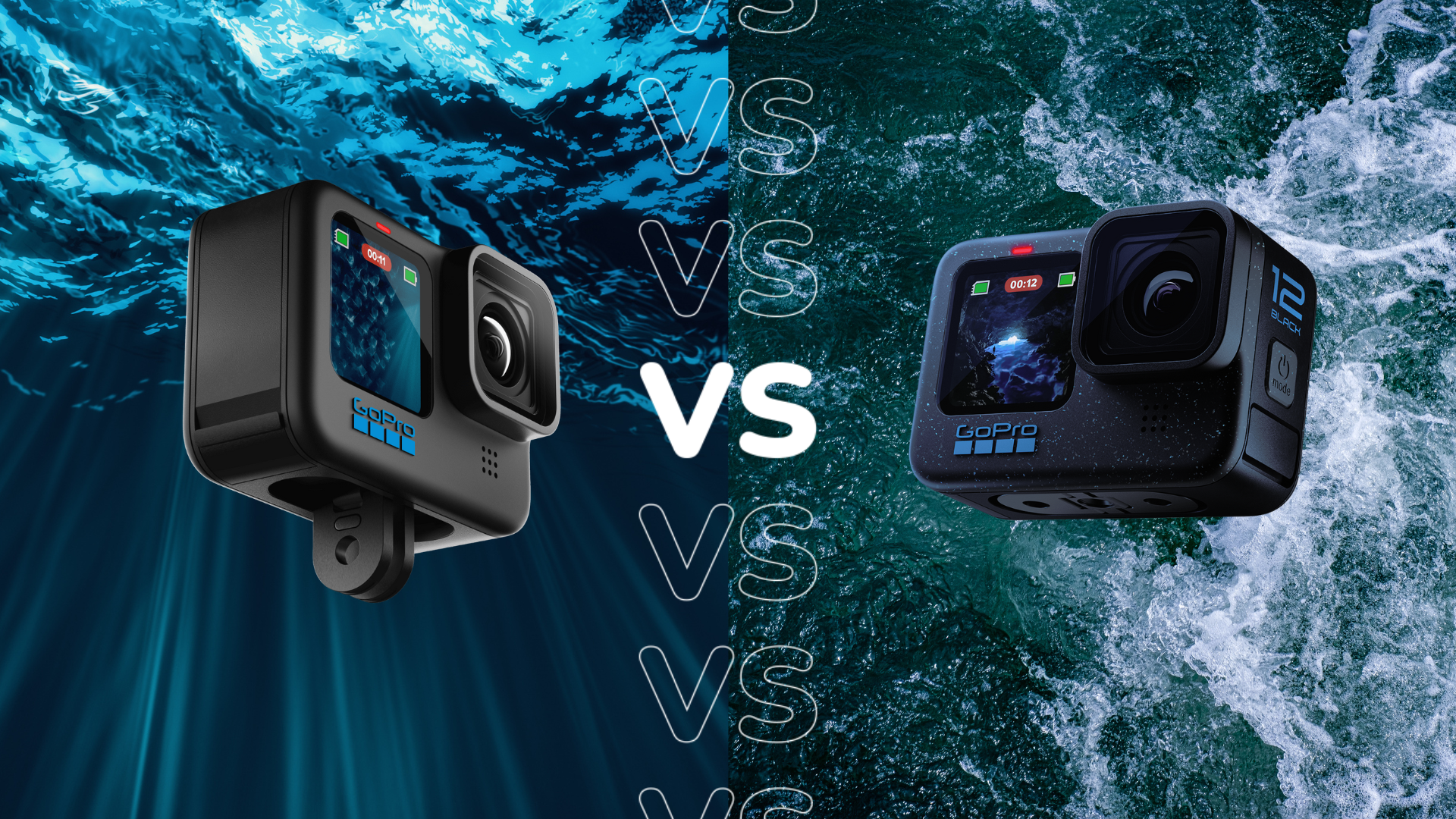Apple MacBook Pro M3 Pro vs MacBook Pro M2 Pro: Should you upgrade?

Apple has revealed the new MacBook Pro laptops with M3 series chips. If you’ve got an M2 version, you might be wondering if it’s worth trading up. Let’s compare.
You might do a double take if you haven’t kept up with the Apple-related launch event news as of late, as the M2 Pro and M2 Max chips did indeed only launch earlier this year. But, Apple hasn’t rested on its laurels, getting the new 3nm M3 Pro and M3 Max chips out the door before 2023 is out.
The change looks set to offer a bigger step up in performance than the shift from the M1 family up to M2, but is it enough to get existing MacBook Pro owners to upgrade? Or, for Windows users to make the shift? Here are all the key comparison points.
Boosted 3nm performance and upgraded graphics
Apple didn’t make many direct comparisons between the new M3 series and M2 family during its presentation, instead focusing on the leap up from M1 and, even, older Intel-based Macs. However, we can draw some conclusions from comparisons Apple made with the M1 series during the M2 launch.
At the time, Apple said the new M2 Pro MacBook Pro offered up to 20% better CPU performance than the M1 Pro and up to 31% GPU performance. By comparison, the M3 Pro model is set to provide up to 40% better performance than the M2 Pro. Unfortunately, the numbers Apple has provided don’t make comparisons simple to decipher but there is set to be a solid step up from M2 Pro to M3 Pro.

iPhone 15 Pro bargain with 100GB data
If you’re happy to get a fair amount of the contract’s cost out of the way initially then this incredible 100GB tariff on the iPhone 15 Pro is well worth jumping on.
- Mobiles UK
- £149 upfront
- Only £39.99/month

However, there is a curious difference in specs between the two chips. Both the Apple M3 Pro and M2 Pro offer a 12-core CPU starting point but, on the GPU side, you’ll find 18 cores for the M3 Pro and that’s one less than the 19 cores on the M2 Pro. Nevertheless, Apple touts improved graphics performance on the M3 series, likely down to the improved 3nm process.
There are some new graphics features for the M3 Pro too. The main one is Dynamic Caching, which allocates memory in real-time. This should optimise the process and lead to boosted performance. There’s also hardware-accelerated ray tracing and mesh shading. These features should bring improved shadows and reflections to gaming on the Mac.
More unified memory
If you’re someone who has been using your MacBook at the very edge of its capabilities or just feel like your workload requires more than 32GB unified memory to serve your needs well, then you’re in luck with the new M3 Pro model.
Previously, with the M2 Pro MacBook Pro, the most unified memory you could spec your laptop with was 32GB. The new devices don’t offer a huge boost, but it’s up to 36GB nonetheless.
Same price, same design, same display
The step up from M3 Pro to M2 Pro on the latest MacBook Pro models does appear to be a decent jump but, until we test the latest laptops, we won’t make a final judgement on if it’s worth making a change so soon.

However, it must be said that, beyond the chips, almost everything else remains the same. So, there is no upgrade to the display, SSD storage, ports or battery life. The 14-inch M3 Pro model does feature a bigger battery but Apple touts the same 12 hours of wireless web for it. The only tweak to the design is a new Space Black option available for the M3 Pro and M3 Max models.
Thankfully, something else that remains the same is the price, starting at £2,099/$1,999, with Apple simply replacing the M2 Pro models on its online store with the new M3 Pro versions.






